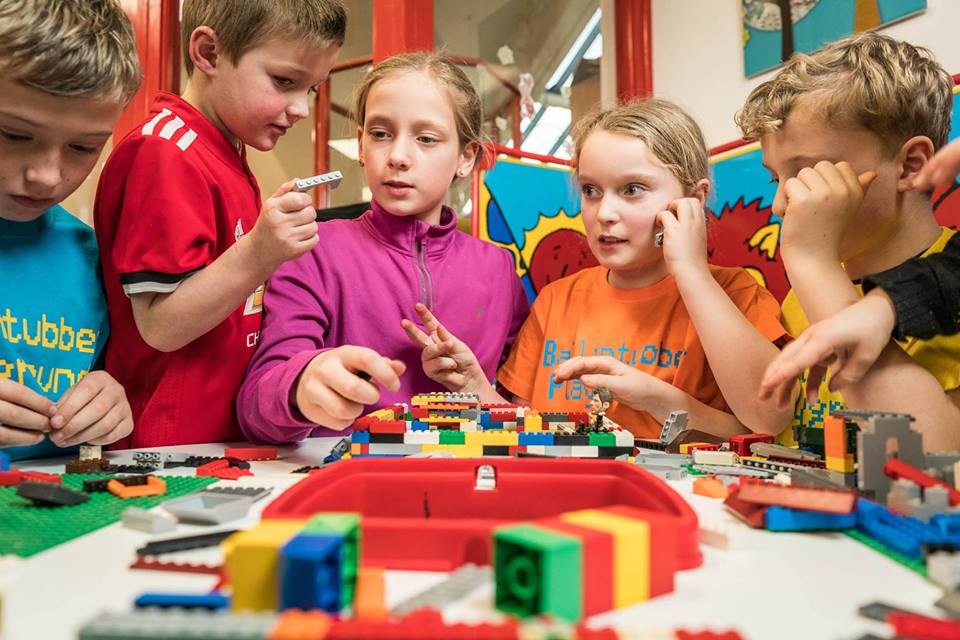Tips For Using LEGO®’s With Children
LEGO® System A/S is a Danish toy production company based in Billund. It is best known for the manufacture of Lego-brand toys, consisting mostly of interlocking plastic bricks. Over the years, LEGO® has branched out to launch products such as Coding Express, Steam Park, BricQ Motion Prime, BricQ Motion Essential and Spike Prime.
LEGO® materials are a great platform for introducing young children (ages 5 to 8) to scientific and engineering concepts. However, as a popular option during choice time or indoor recess, they are often associated with play.
Here are some ways that will help students to focus on the learning goals:
Optimize your LEGO® Learning time and your LEGO® Choice and play time:
Speak to your students about how LEGO® Engineering and LEGO® Science will be different from their choice and play time. Have a conversation about how activities will have specific challenges that you as their teacher will want them to work on and get better at. Give them an insight into what these activities entail and how beneficial they might result in being to them for their education and understanding. Discuss with them what might be the differences between LEGO® Learning time and playing with LEGO® pieces during free time.
Segregate LEGO® pieces for play and for learning:
LEGO® supplies buyers with materials that often play unique roles into the building of a structure such as windows, doors and people. The presence of such pieces might prove to be a distraction for the students that are hard at work and busy with learning. Some learning projects often take students multiple weeks to work out and finish. This means the LEGO® material would not be available for play. In such times it is important that students be focused entirely on the project at hand and have all distractions taken away from sight for the purposes of maintaining focus.
Make LEGO® pieces and accessories an incentive:
When the LEGO® pieces such as trees, flowers, windows or people are brought in a bucket, the attention of the group generally gravitates from the challenge at hand towards which piece has the best hair or how many flowers are on top of their project. Making this into an incentive would be a great way to make sure the students complete the challenge given to them all while building a healthy sense of competition and camaraderie amongst the students.
Teach students to be responsible for the pieces that they use:
LEGO® sets usually come with hundreds of pieces, small or big, to come together to form one structure. This in turn leads a class full of children to misplace some small pieces that may escape their attention. Teachers ought to try and instill a sense of responsibility in the students by having them sort of and organize the kits which would lead to them collecting and storing all the pieces of a LEGO® set. Many teachers, in Dubai and GCC Countries, have students go on a LEGO® hunt at the end of class to search the floor for pieces that go into an extras bin which instils in them a feeling of teamwork.
Have clearly defined goals with multiple possible outcomes:
LEGO® Play lets children be as crafty and creative as they want, it makes them expand their way of thinking and have fun while growing in a mental capacity. LEGO® Learning requires the children to try and accomplish specific tasks. Activities work well when they are presented with a clear problem for students to solve. The activities also need to have clear goals that the students can work towards and achieve with time.
LEGO® sets prove to be a fun way of learning for the children along with the development of certain creative and fundamental skills. This proves to be a beneficial thing for the child in the near and far future.
Shop on shop.knowledge-hub.com to buy your own LEGO® Play and Learning set now, easily available for delivery in the Middle East/UAE!

